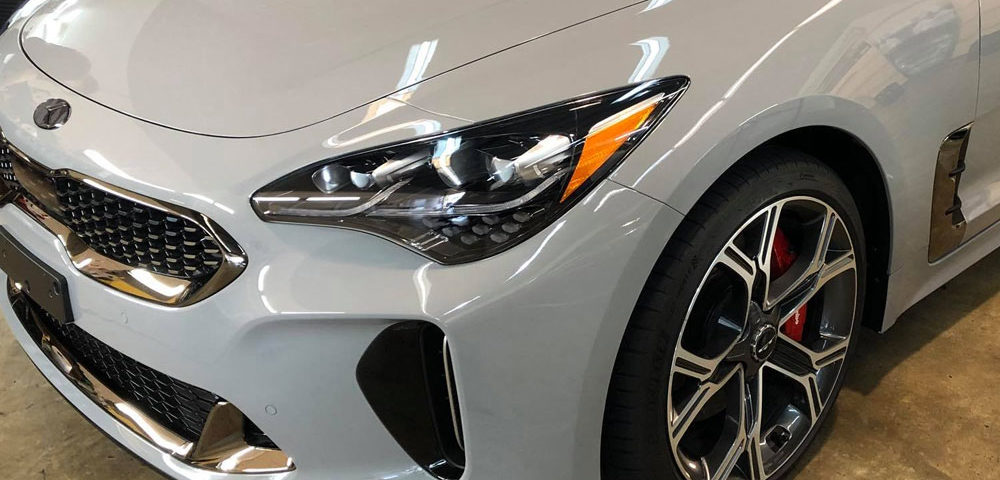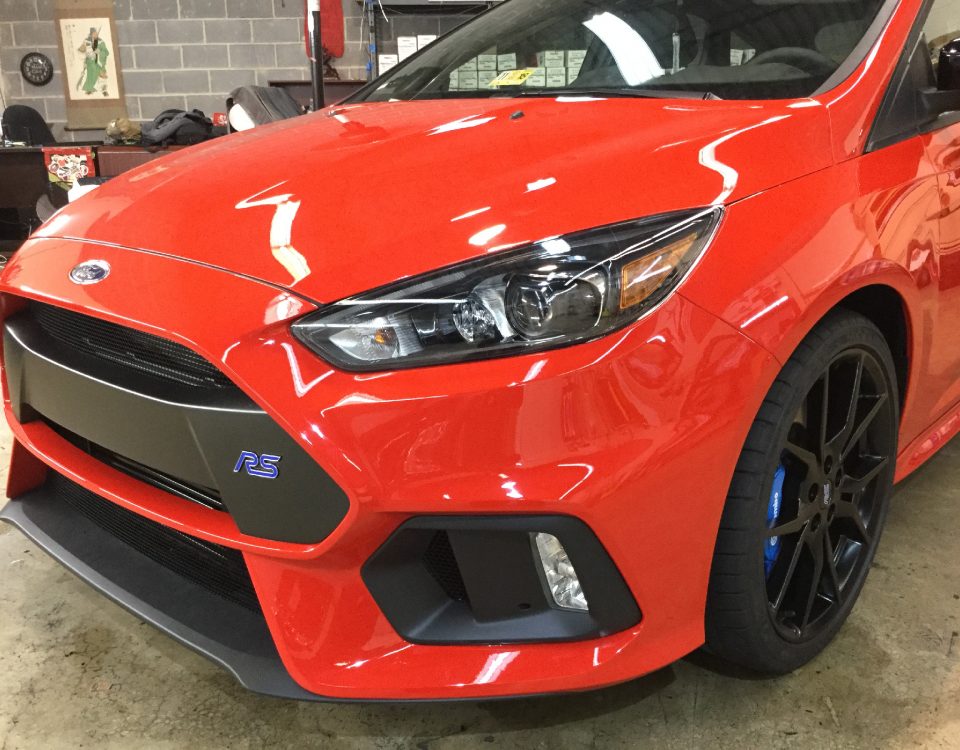- Specializing in Automotive Tint Mon-Fri 9am-5pm | Sat 10am-3pm
- (703) 440-0084
- paul@skylinetint.com

4 Tricks to Keep Your Car Looking New For a Long Time
August 20, 2023
Guide to Tinting Your Car Windows
September 22, 2023Your car is affected by hot temperatures. According to experts working in a protective car film shop, the high temperatures affect different parts of the vehicle. The most common ones being:
Car seats
Cars with leather seats crack over time due to excessive heat. If your car is black, maroon, grey, or any other heat-absorbing color, it will retain the heat in proportion to the amount absorbed.
The damage is even extensive if you have leather seats.
dashboard
The dashboard, in addition to the seats, will crack with time. When the heat becomes severe, the windscreen may crack and break.
While a silver or aluminum cover may protect the dashboard, it is important to remember that the entire vehicle absorbs heat.
Steering wheel
The leather coating on the steering wheel cover also pulls off due to the high temperatures. If the heat does not cause the paint to peel off, it will progressively fade, and you don’t want this, do you?
Engine
Some bonnets contain heat insulators inside that protect the bonnet from harm caused by increased engine heat. Unfortunately, most cars lack this heat insulator, exposing part of the engine’s underlying components to heat.
The engine piping system, for example, includes the steering wheel pipe, intake manifold pipe, air cleaner housing, plastic pipe from the intake manifold to the brake master cylinder, pipe that transports fuel from the fuel pump to the engine, and pipe that transports air from the air control system to the engine and AC vents, among other things.
All of these play important roles.
As the engine runs, appropriate air distribution is required. Air from the air cleaner is required to balance pressure from the intake manifold.
The intake manifold pipes balance system pressure, determine what goes to the engine and what remains, and force fuel into the engine.
The pipes begin to break if the pipes on the intake manifold system harden due to constant exposure to weather heat. This means the system will not function properly.
Tires
Hot temperatures not only damage the piping system but also your tires, especially when they are worn out.
Some of them even burst when exposed to high temperatures for an extended period of time.
You should note that the tire damage is influenced by the parking surfaces you use. If you park your car on cement, your tires will likely burst. The warmer temperature also causes the door rubbers to shrink and shatter over time.
How can you protect your car from heat damage?
The beauty is that you can protect your car from damage in plenty of ways. These ways include:
Waxing the car
To decrease the impact of high temperatures, apply weather wax or weather strip polish after washing your car. If you have leather seats, keep them waxed and polished after washing because the wax keeps the leather supple.
You may also use dashboard polish to keep the door rubbers supple. It not only reduces the influence of the sun, but it also helps to preserve the car paint by avoiding paint peeling.
The beauty is that wax is not expensive, so almost everyone with a car can afford it. To get the most from the wax, ensure you get a high-quality one that will withstand the test of time.
Invest in quality seat covers.
Quality seat covers look amazing, feel wonderful, and are easy to maintain and replace. Most importantly, they shield your current upholstery from dust, rain, food spills, and UV radiation.
If you don’t want to spend money on new seat coverings anytime soon, ensure you take good care of your upholstery. Leather seats require regular conditioning, especially on warmer days.
Keep the interior of the car cool.
To protect the car’s insides, you should keep the interior cool. The best way to do this is to roll down the windows and open the doors when you get in the car to let the hot air out.
You should then adjust the air conditioning vents to point upward or toward the open windows to help route hot air out of the vehicle.
After the initial hot air has been released, switch the air conditioning to “recirculation” mode and turn it up to maximum. This will chill the air that circulates within the vehicle.
Although not entirely covering your windows exposes your car to vandalism, it is the cheapest approach to minimize heat damage because it allows fresh air to enter and leave the car, especially when parking directly under the sun or in places with excessive heat.
Everything that goes in comes out through the same inlet and outlet. Although dust may enter, it is less expensive to have it cleaned than to replace torn leather seats.
Tint the car windows
Most people tint their car windows because they don’t want to pry eyes to see the insides of the car, but you should know that tinting the windows is also an excellent way to protect the interiors from heat damage.
Window tinting films are designed to prevent substantial solar energy, including infrared and ultraviolet (UV) radiation.
This heat rejection property keeps your car’s interior cooler by limiting the amount of heat that enters the cabin.
As a result, the risk of heat-related damage to your vehicle’s interior components, such as the dashboard, upholstery, and electronic gadgets, is reduced.
Tinted windows keep the interior temperature more comfortable, especially on hot and sunny days. This lessens the need for your car’s air conditioning system to be used excessively, saving you money on gasoline and reducing wear and strain on the cooling system.
To get the most from the car window tinting Springfield, ensure it’s done in a professional tint shop. Doing this ensures that the tinting is done correctly and there are no risks of it looking out of place after a few uses.
The tint being done by a professional also ensures that you stay within the legal limits on the darkness of the tint. This way, you don’t get on the wrong side of the law.


